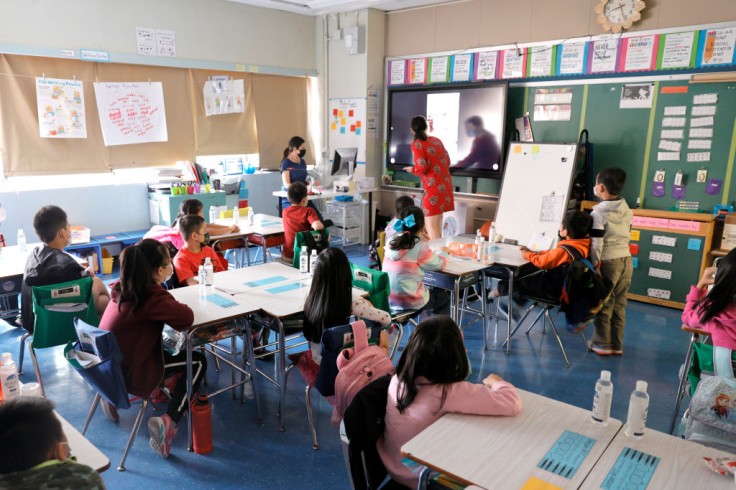
Children's school supplies in this COVID-19 pandemic do not just include face masks and hand sanitizers, as parents are reportedly sneaking in air quality monitors inside the student's backpacks to check for air quality inside their classrooms.
Reports cited that a manufacturer of air quality monitors has had a surge in sales since the start of the school year as parents have been willing to shell out $100 to $250 for the sensors. Some schools, however, are discouraging the devices and pushing back on the parents who claim that their classroom's air quality has high CO2 levels.
Studies have shown that, aside from developing respiratory and cardiopulmonary diseases, the chances of infection and death from COVID-19 are higher in indoor places with poor ventilation. Hence, experts had advised schools, before in-person classes resumed, to improve their air vent systems.
Some schools, especially in New York, used part of the government funding to buy the needed tools and materials to fix their vents or invest in a monitoring system. However, other schools have not been quick to act on this guidance, prompting parents to take action themselves.
Growing Number of Parents Trading Tips
Mom Lizzie Rothwell learned that the CO2 levels in her son's school cafeteria were double the unacceptable levels indicated by the U.S. Centers for Disease Control and Prevention (CDC). She told the principal about her discovery, who was surprised that she had data from an air quality monitor. She also asked the school to let the kids have their lunch outdoors, which the principal rejected, but he promised to fix the ventilation system.
Rothwell is part of a growing number of parents on social media who let their kids bring the monitors to school with instructions of putting these devices out in their unzipped bags or unzipped pockets. They also exchange tips on Twitter using the hashtag #CovidCO2, according to The New York Times.
While other school districts might frown upon this activity, some have been receptive to parents letting them know that the ventilation should be fixed. Dad Jeremy Chrysler informed his daughter's school of the CO2 readings gathered by her air quality monitor, and the officials quickly learned that its HVAC system was broken. After the school had this fixed, the CO2 readings in the classroom dropped to the ideal levels.
According to one school board member, most schools don't have the capacity nor the intention to do ongoing monitoring of carbon dioxide levels since this is usually done on an "as-needed" basis before COVID-19 times. However, schools have acknowledged they have the responsibility to make classrooms a safe space for the students.
Air Quality Monitors Have Limitations
Not all air quality monitors are the same, and some are more reliable than other brands or designs. The devices are also not a guarantee that the children will not catch the virus.
In the U.K., schools provided with the devices learned that most of the monitors do not work; thus, they had to stop the distribution. Of the 300 intended for various locations in Jersey, 46 were installed in schools, but only two worked.
Environment Minister John Young said that technicians were prevented from checking and properly installing the devices, which had sensitive sensors that required regular maintenance. The air quality monitors also require data transmission, but some schools had a poor broadband connection.